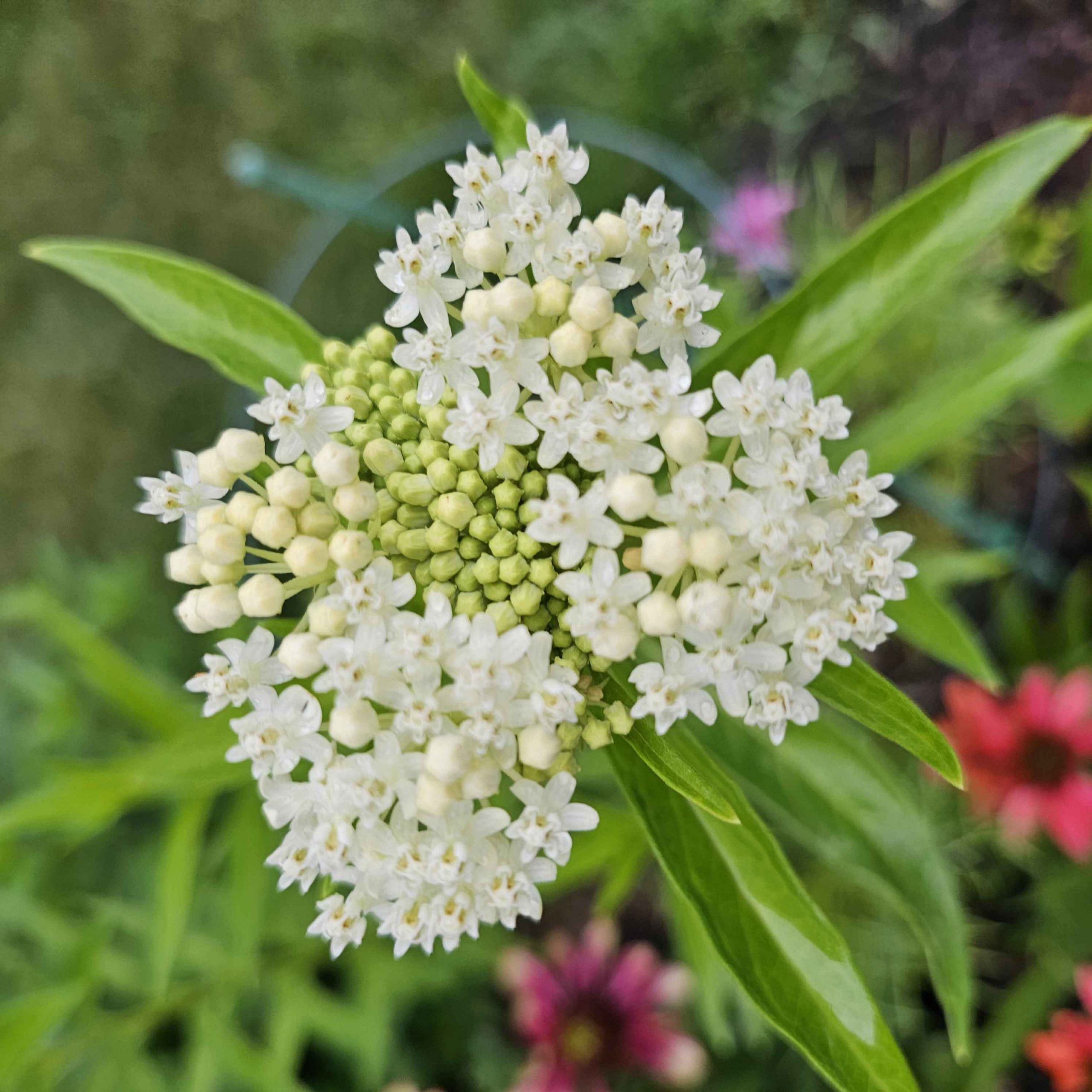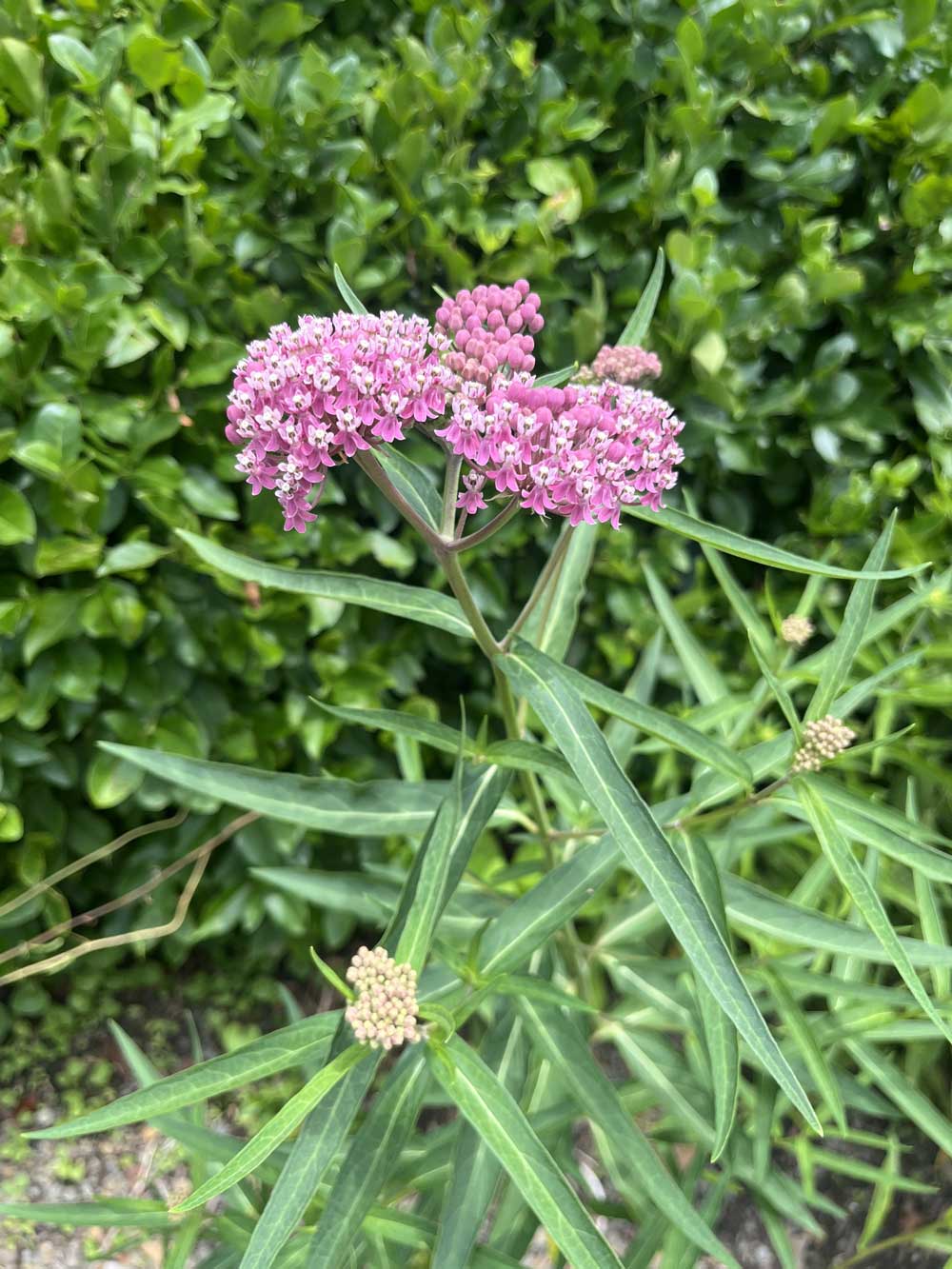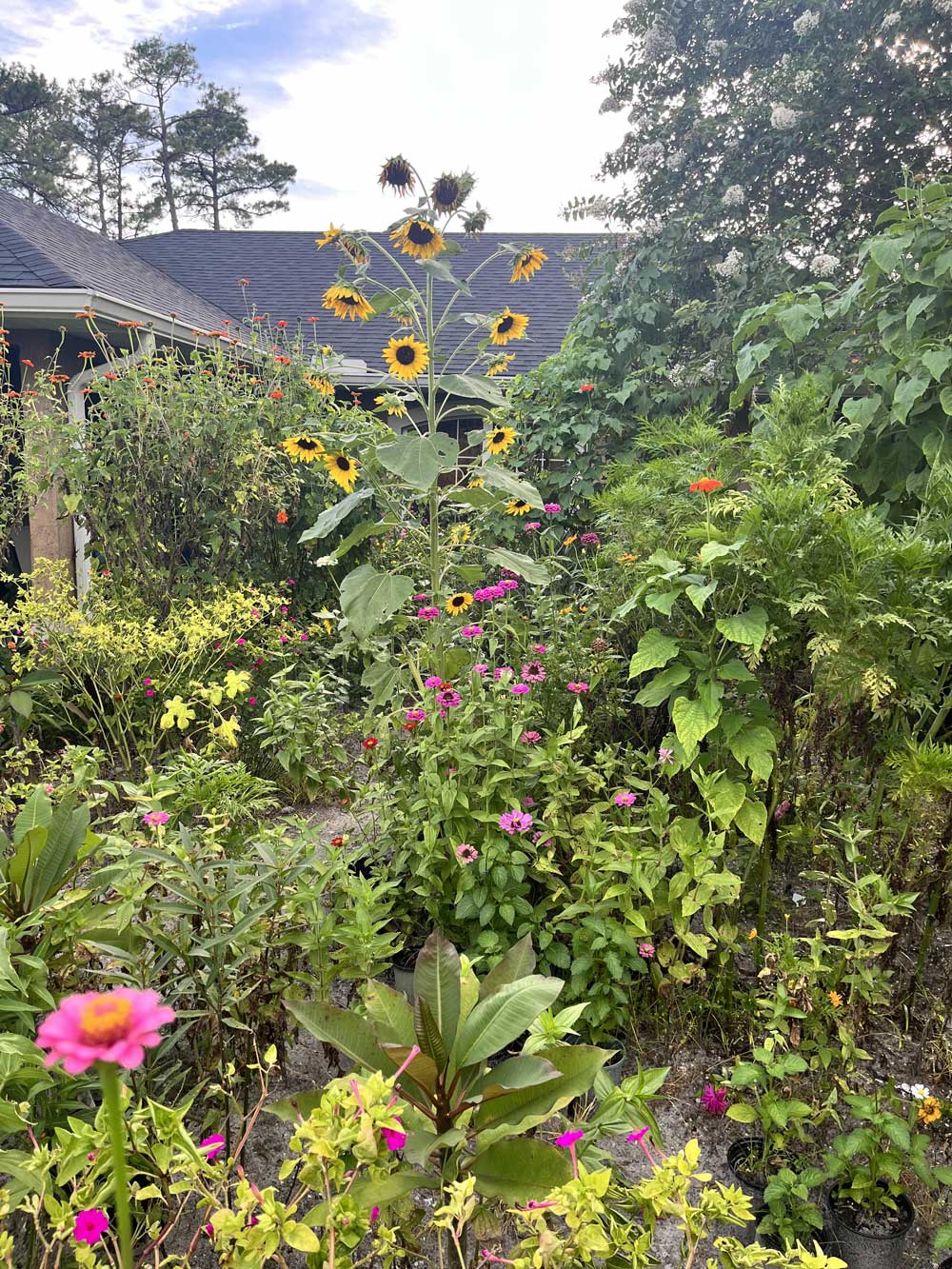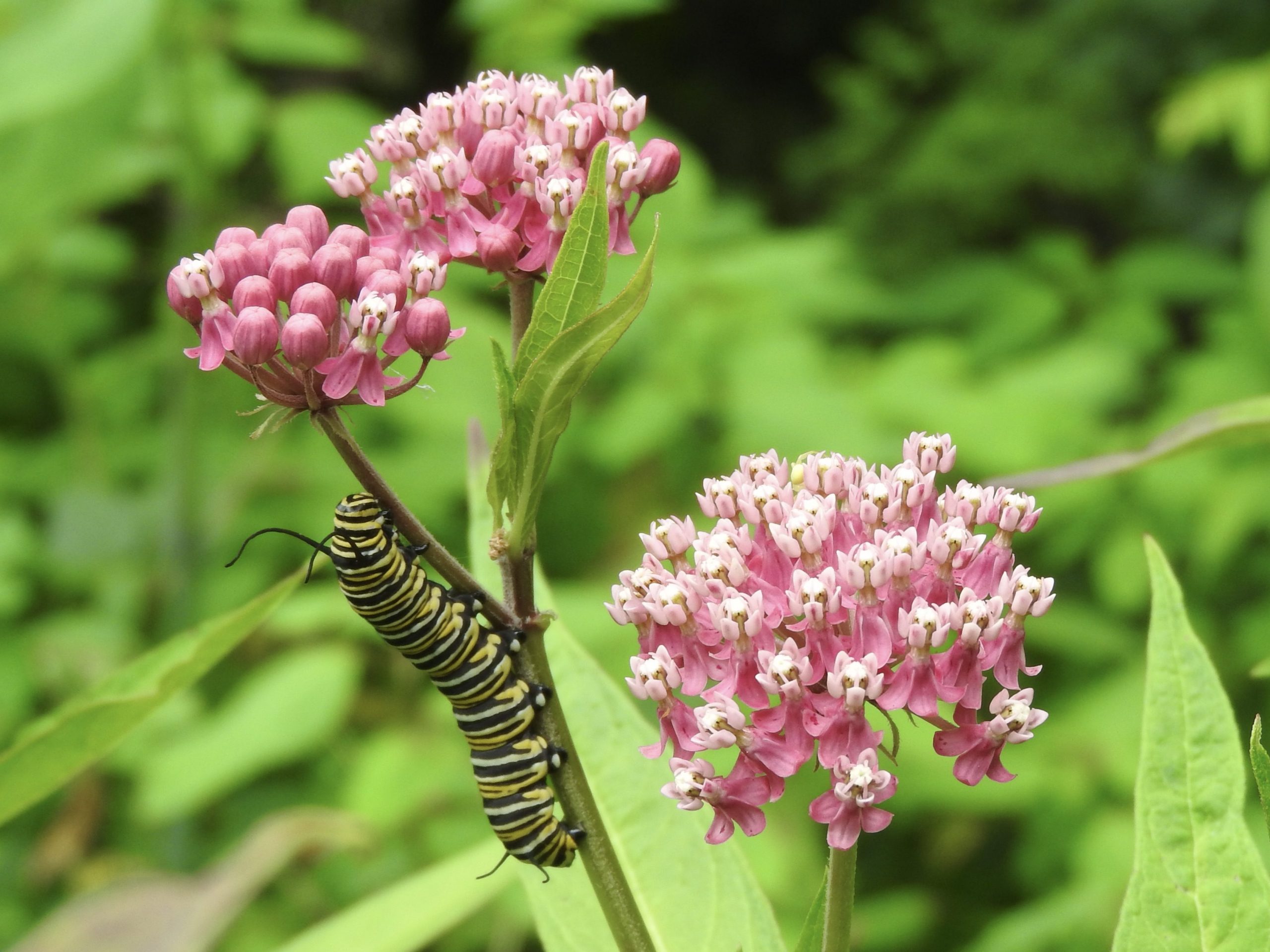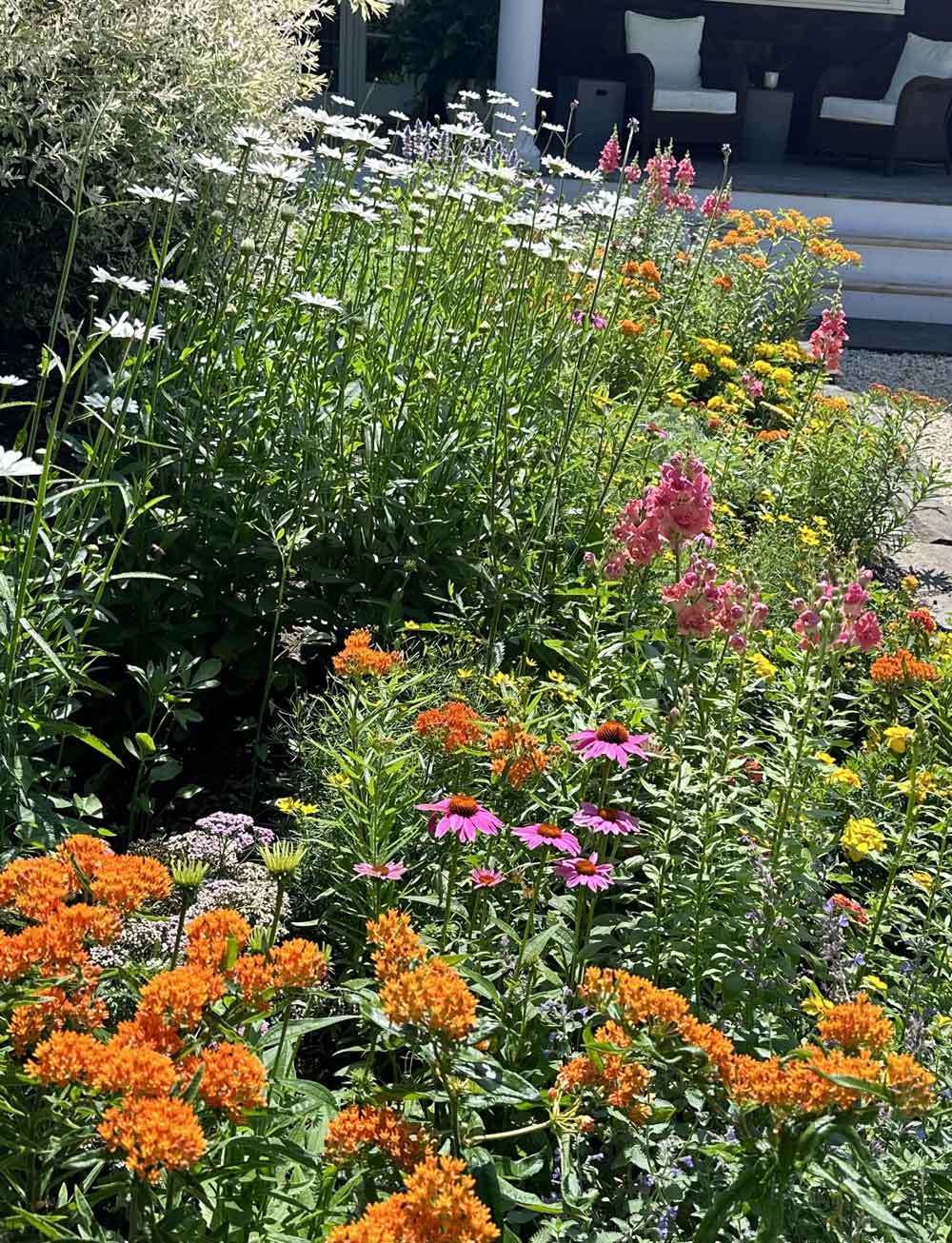When to Plant Asclepias Seeds
Plant outdoors after the first frost begins in the fall in order to stratify the seed in time for Spring. To start indoors, seeds must be refrigerated 6-8 weeks before sowing in order to wake the seed from dormancy.
Where to Plant Asclepias Seeds
Asclepias is a hardy plant that is native to the swamps of the U.S., and will easily grow in consistently damp or wet soils that drain well with access to full sun (6-8 hours of sun per day). Despite this, Asclepias will tolerate a wide variety of soil profiles, as long as they aren’t consistently dry or overly sandy. Plant away from areas where pets frequent, as the sap of the Asclepias is toxic when cut.
How to Plant Asclepias Seeds
While not required, Asclepias seeds can benefit from a special 8 week treatment called cold moist stratification prior to planting them. Learn more about the importance and process of cold moist stratification here.
Plant seeds 1/4 inch deep into the soil. When grown indoors, transplant into the garden 18-24 inches apart for best results.
How to Care for Asclepias
Asclepias is a low-maintenance plant that can live for several years if planted in the proper environment and will come back from a strong taproot every Spring. Asclepias will also readily spread itself via seeds in the late fall, but this can be controlled simply by removing all seed pods in the early fall before they release. Asclepias is a popular butterfly attractor, particularly of the Monarch Butterfly; as long as the plant is healthy, it will readily flower throughout the summer. Fertilization is not necessary. Putting mulch around each plant will reduce competition from weeds or other unwanted plants.

